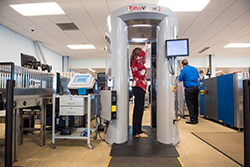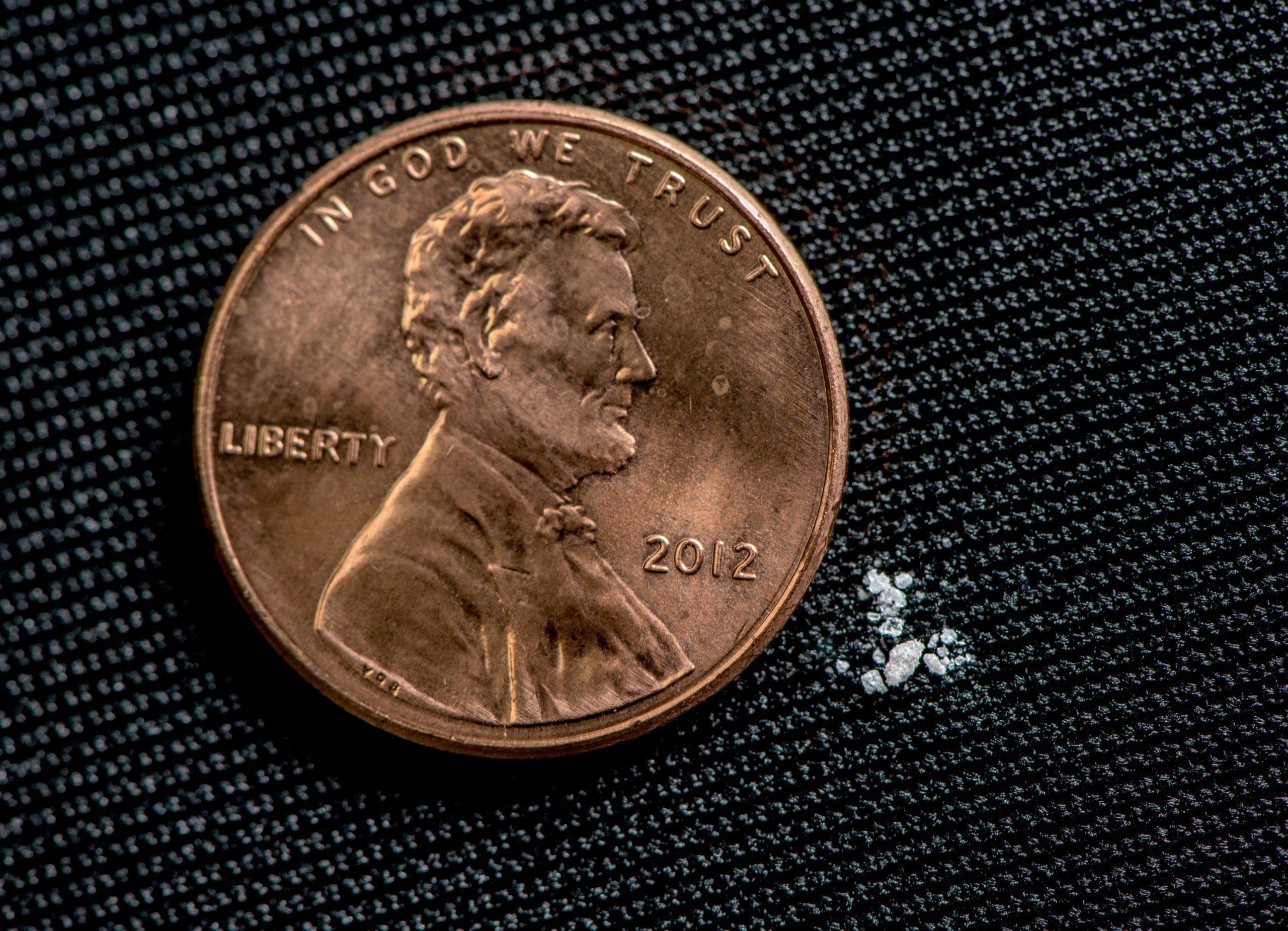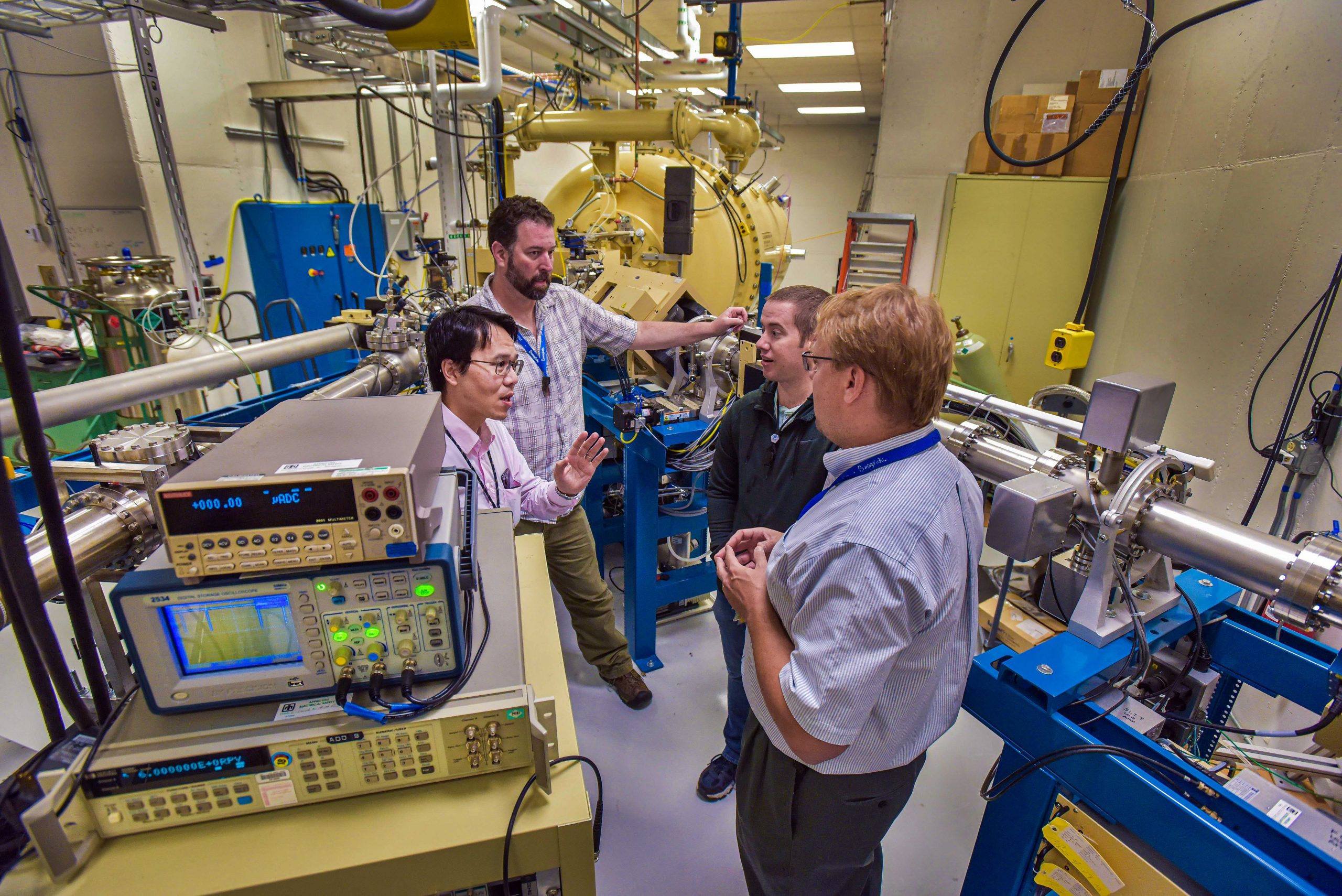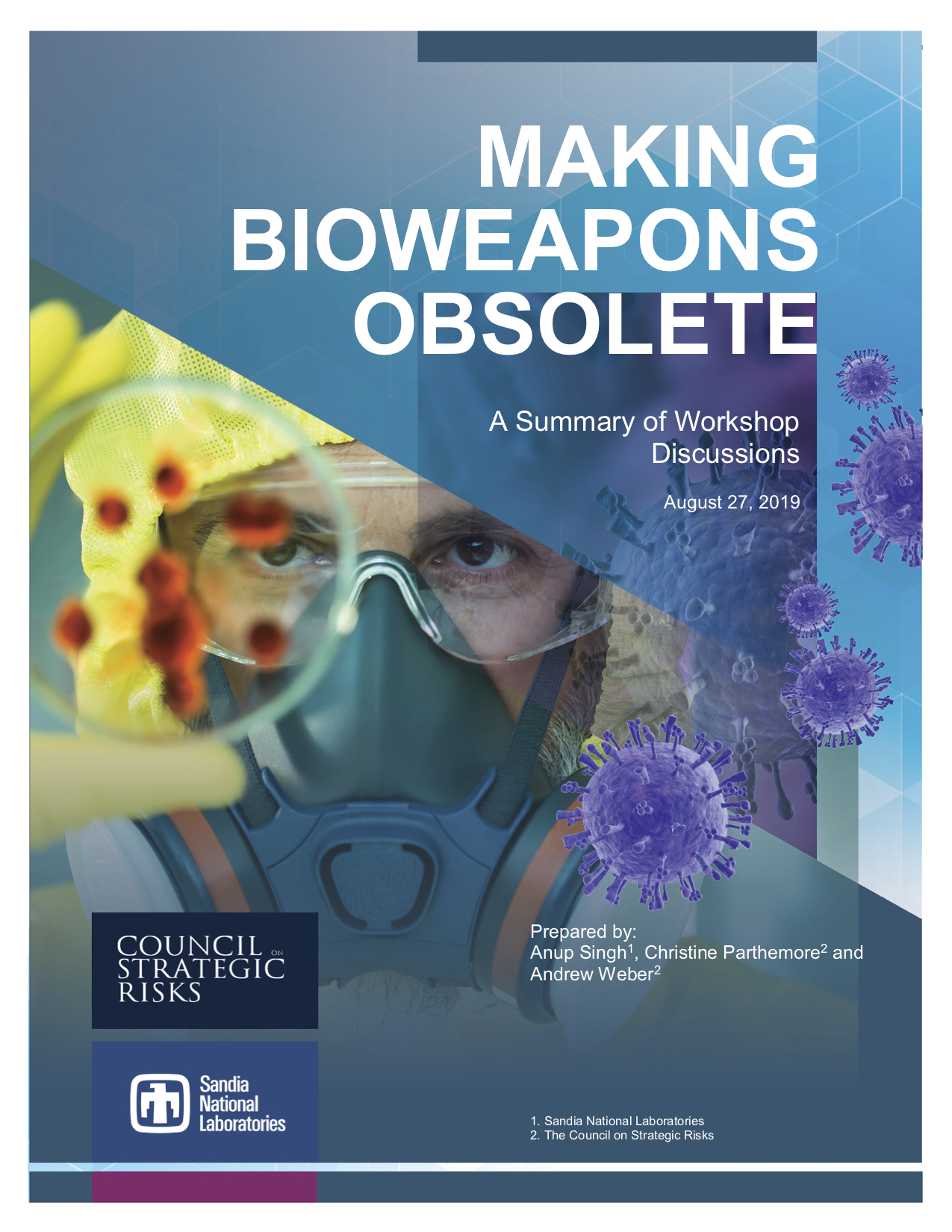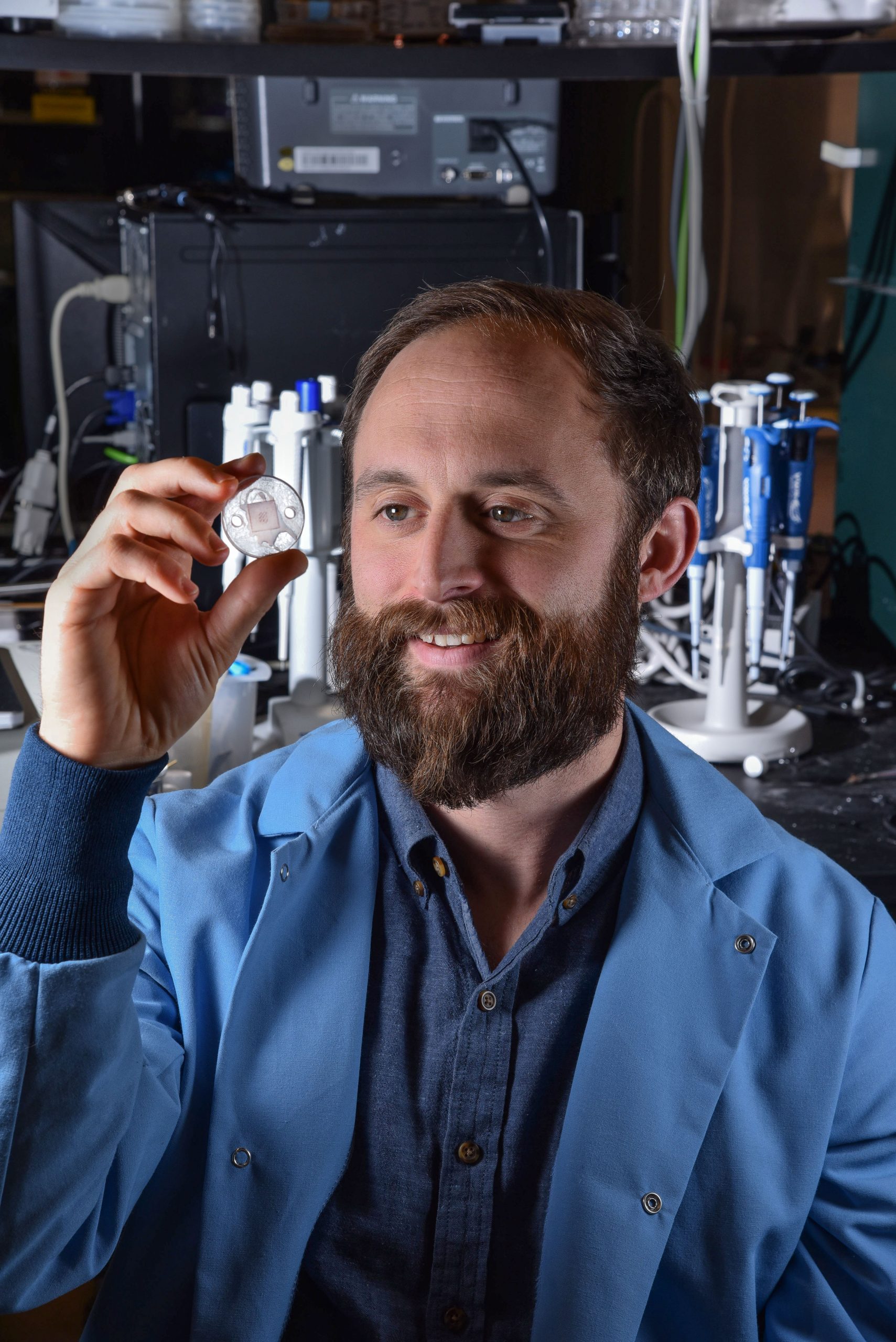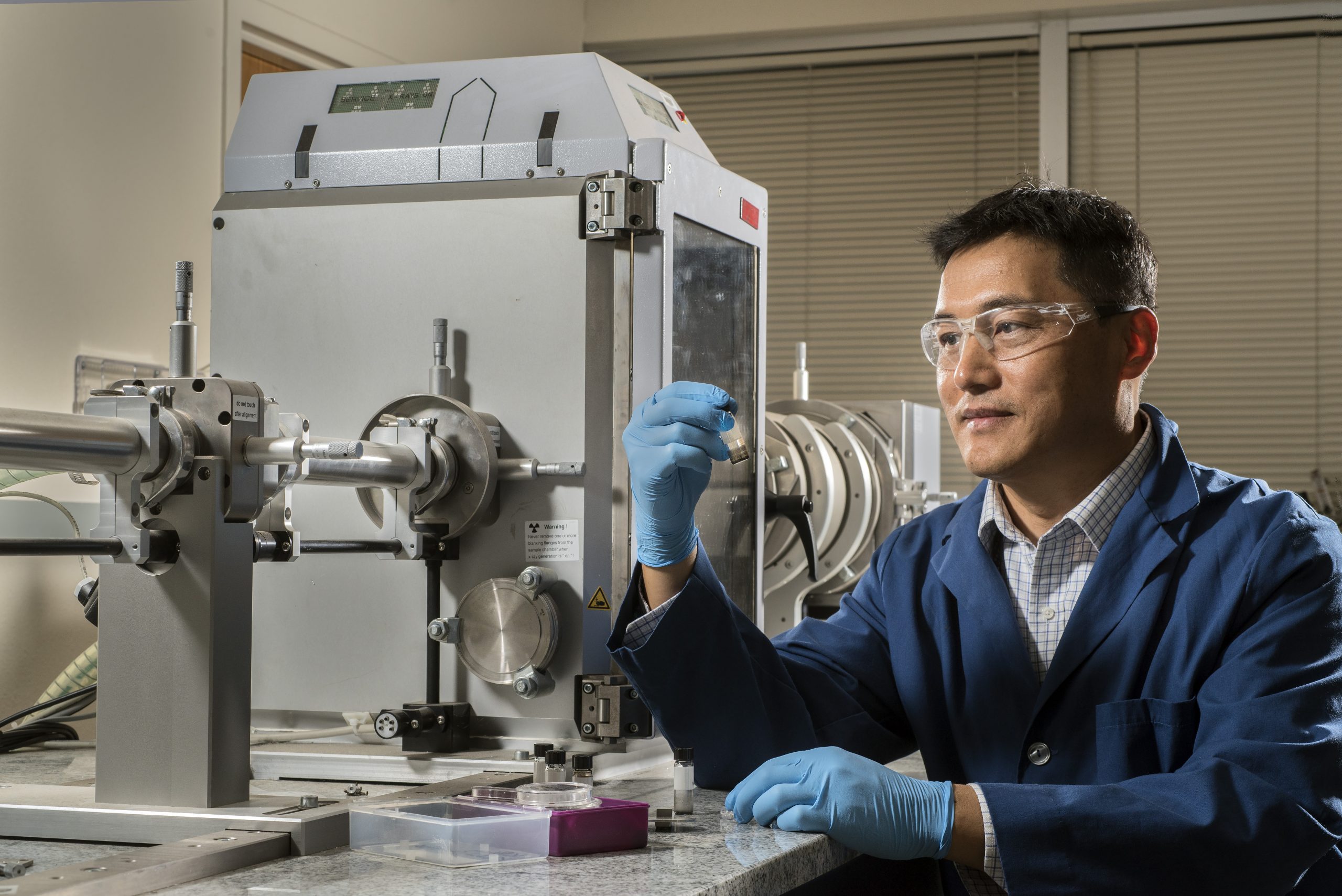April 23, 2025 • Researchers at Sandia National Laboratories have spent the last three years developing an ultra-low-power chemical sensor to detect sarin and other chemical warfare agents or gaseous industrial toxins, aiming to protect the public and warfighters.

